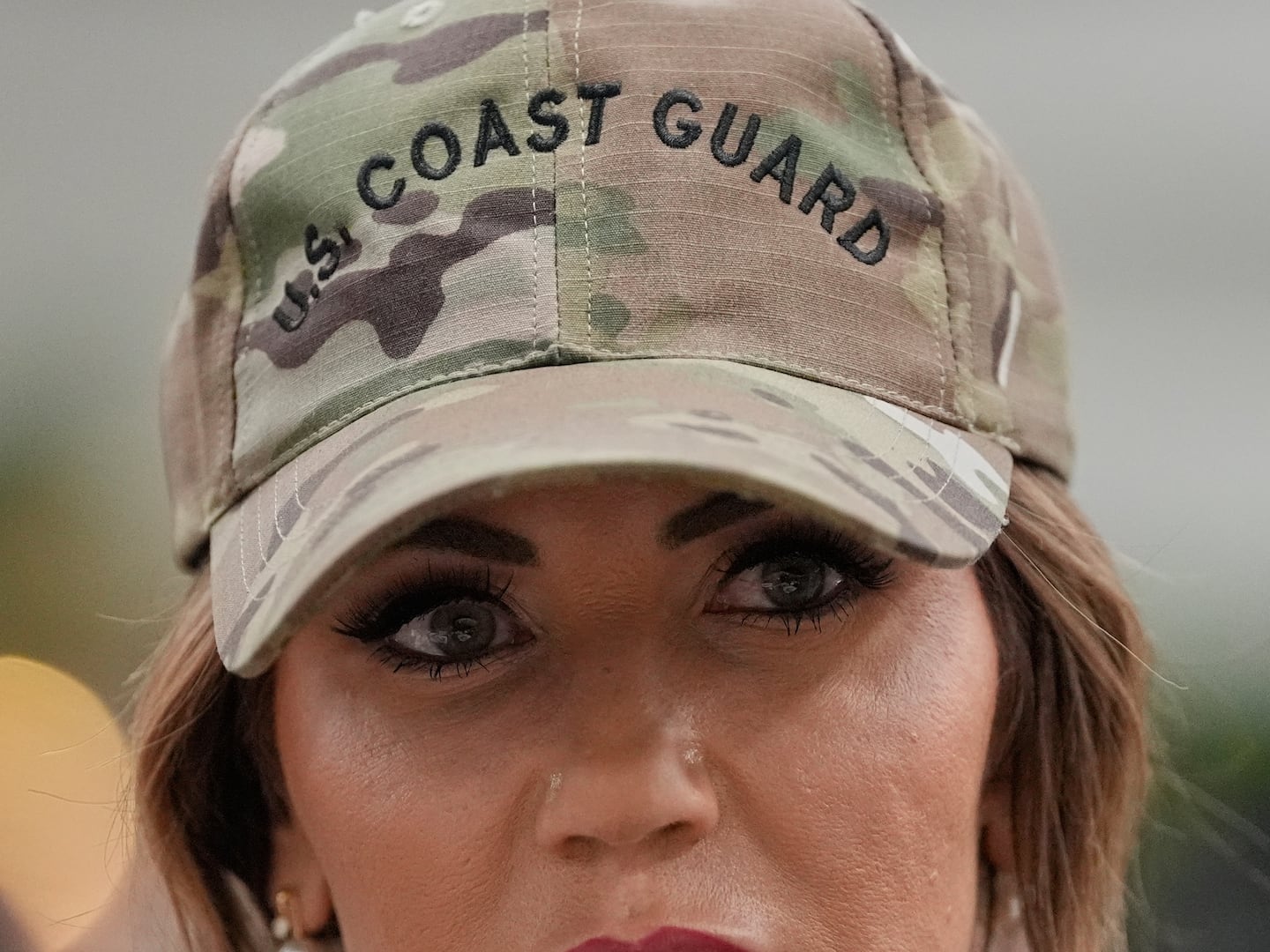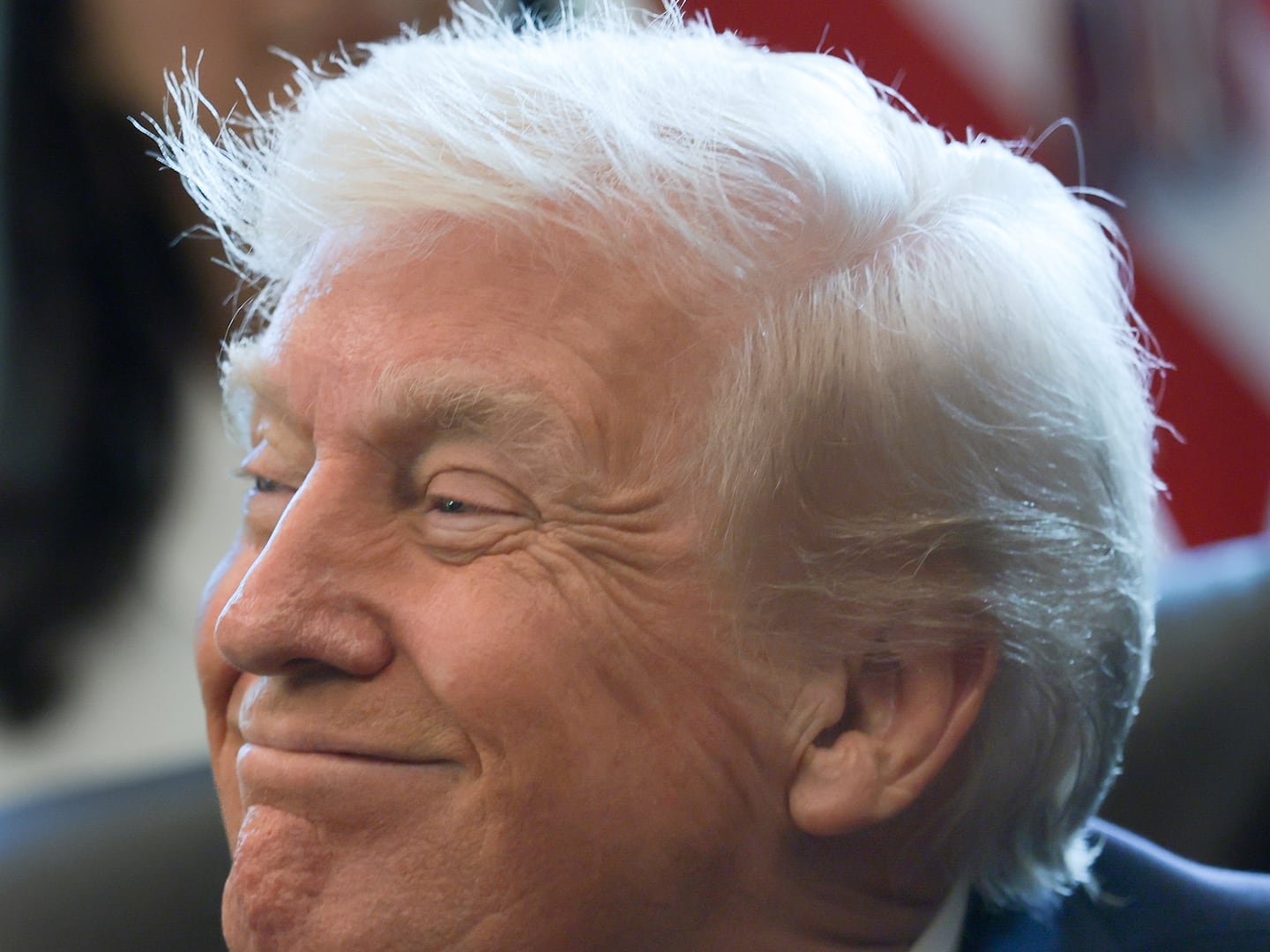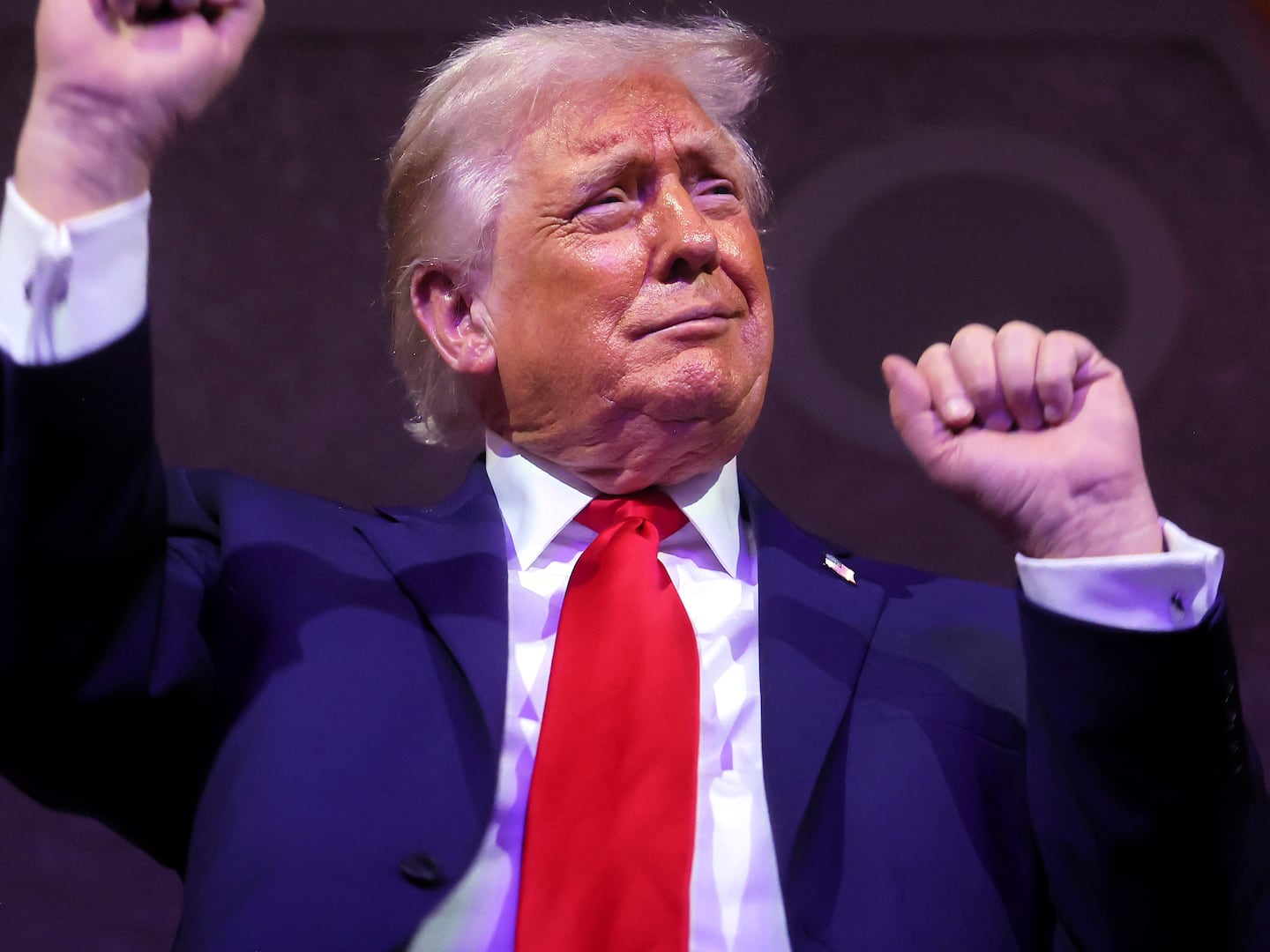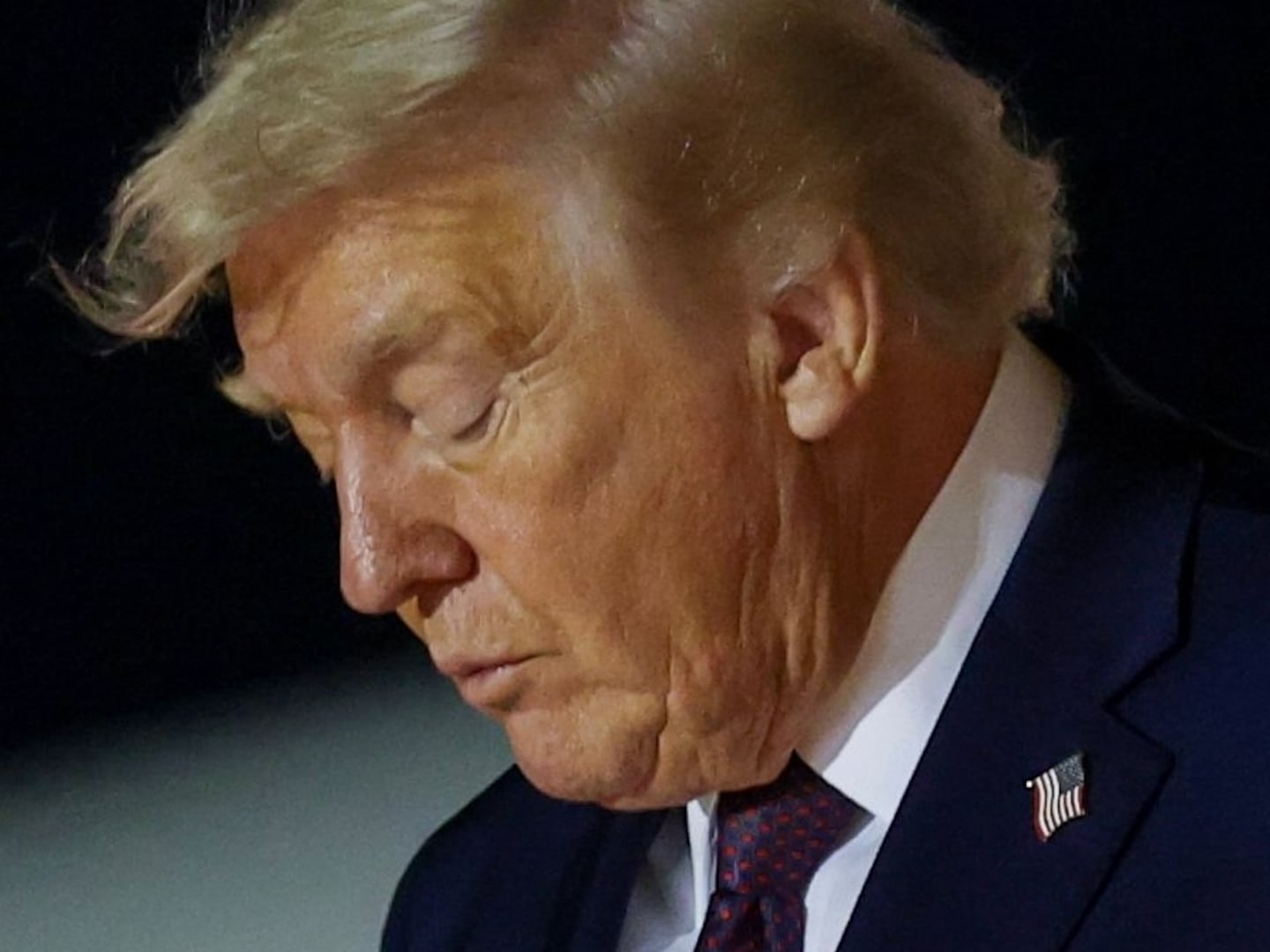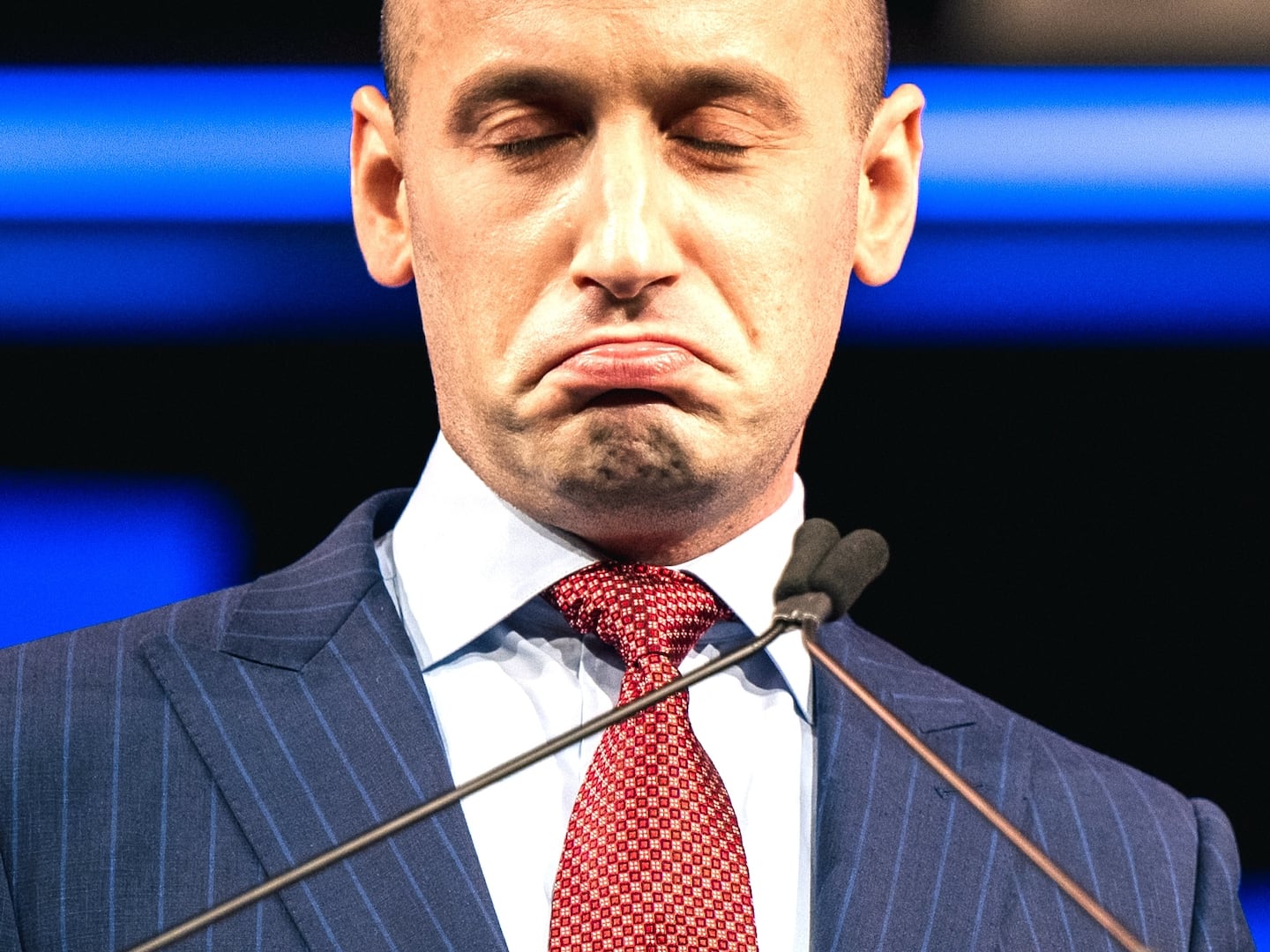Black and white photography is such a relic of another age that it is hard to imagine, as recently as the 1970s, the art world’s hostility to color. William Eggleston’s Color Photographs, for example, the first one-man show of color work at the Museum of Modern Art in 1976, was considered the worst exhibit of the year. Hilton Kramer repudiated John Szarkowski, the museum’s curator of photography, for throwing caution to the wind when he spoke of Eggleston’s work as "perfect." “Perfect?” Kramer wrote in The New York Times. “Perfectly banal, perhaps. Perfectly boring, certainly.” Of course Eggleston would become one of the most influential photographers of the era.
Click Image to View Our Gallery of "Starburst"

Starburst: Color Photography in America, 1970-1980, the comprehensive new exhibition at the Cincinnati Art Museum through May 9, shows just how remarkably far we have come in three decades. Starburst features approximately 200 photographs by Eggleston, Stephen Shore, William Christenberry, Joel Meyerowitz, Joel Sternfeld, Mitch Epstein, Helen Levitt, Jan Groover, and Eve Sonnemann, among others who began to explore color as a descriptive element and first established the use of color as a standard of photographic art-making practice.
“Color photography of the 1970s happened in a starburst,” writes Kevin Moore, an independent curator who organized the show with Dr. James Crump, curator of photography at the Cincinnati Art Museum. “As any astronomer can tell you, a starburst is an intensely destructive and creative environment, caused by a collision or close encounter between two or more galaxies, resulting in the formation of stars. New Color was, on the surface at least, a promiscuous photographic enterprise, a flirtation with numerous practices and ideas occurring simultaneously in other art movements and the popular culture.”
The resistance in art circles was due to the myriad commercial applications for color photography and the technical processes that intensified colors to garish and artificial effect. In a 1969 essay on photography, Walker Evans wrote: “Color photography is vulgar.” By 1975, he was using the Polaroid SX 70 to make his own color pictures.
In addition to the cultural explosion of the 1960s—no longer was it possible for the psychedelic spirit of that era to be contained in black and white—new technical processes and materials gave photographers greater control over color printing. And Photorealism in the late 1960s was a potent, if still unacknowledged, influence upon the introduction of color in photography, as well. Photorealist painters brought a color palette to the 35-millimeter universe they rendered on canvas with lens-sharp clarity, viewfinder-like cropping and snapshot simplicity. The photographic interpretation of the American vernacular—gas stations, diners, parking lots—is foretold in Photorealist paintings that preceded many of the Starburst photographers’ work.
In the early 1970s, Shore set out to make pictures across America. Two elements distinguish his work with a view camera from Evans' in the 1930s and Robert Frank’s in the 1950s: One is technical—the use of color as a descriptive element; his chromogenic prints were more nuanced than those produced by commercial laboratories and his use of color was truer to what things actually looked like. The other element is perceptual—a kind of stoned contemplation, if you will, that could have emerged only from the 1960s and that typifies so much of Shore's work. He used the view camera in a state of heightened awareness that might be likened to the ''expanded consciousness'' of the age of Aquarius. In the parlance of the day, he achieved the photographic equivalent of ''grokking'' his subjects.
Contemporaneously, Joel Meyerowitz made a series called Cape Light in which he photographed what might have been viewed as postcard-like clichés like sunsets, beaches, and vacation cottages on Cape Cod. When his controlled, super-saturated color prints were exhibited in the late 1970s, Andy Grundberg wrote in the Soho News that they bordered on “reactionary,” but concluded that what Meyerowitz had done was “to redefine and update the picturesque.” The work of several women represented in Starburst is more conceptual: Eve Sonnemann explored the passing of time between paired images of the same scene; Jan Groover’s concerns were more art historical in her exploration of formal traditions of painting and Constructivism; Barbara Kasten’s Constructs drew most pointedly from 1920s Constructivism and the work of Laszlo Maholy-Nagy. She referred to her work as “50 percent sculpture and 50 percent photography.”
By the 1980s, color had become an integral part of the photographic vocabulary, from Nan Goldin’s personal chronicle of the downtown Manhattan demimonde, to the staged spontaneity in images of domestic life by Philip-Lorca di Corcia, Tina Barney and Larry Sultan. Jeff Wall grew the size of the photographic print in images that reference 18th-century tableaux in painting. And in the 1990s, Gregory Crewdson constructed wall-size tableaux that reference the cinematic image.
Today, color is no longer the point of photographic investigation as it was in the 1970s, when fluency in this new visual language was still tentative. Color is now a native visual language. Perhaps that is what the nostalgia for vintage black and white photography is all about.
Plus: Check out Art Beast, for galleries, interviews with artists, and photos from the hottest parties.
Philip Gefter writes about photography for The Daily Beast. He previously wrote about the subject for The New York Times. His book of essays, Photography After Frank, was recently published by Aperture. He is producing a feature-length documentary on Bill Cunningham of the Times, and working on a biography of Sam Wagstaff.


